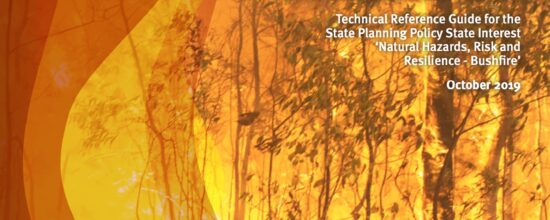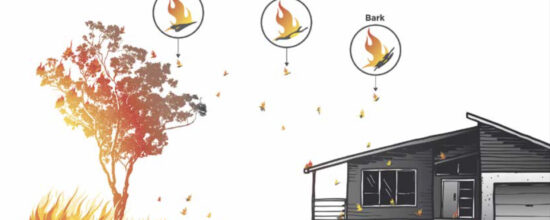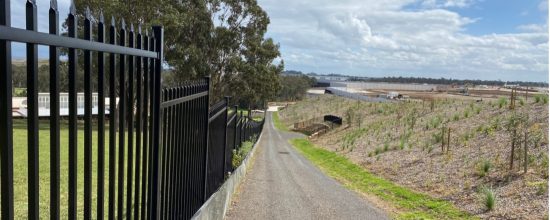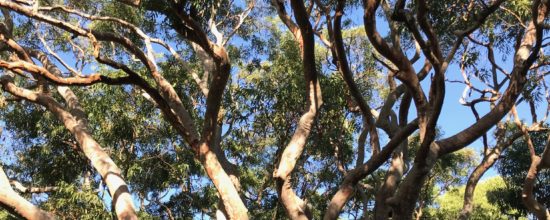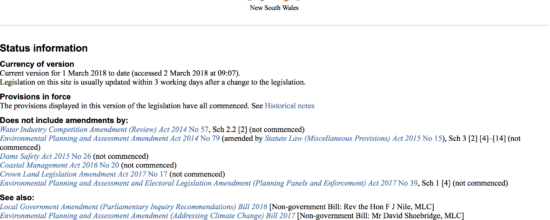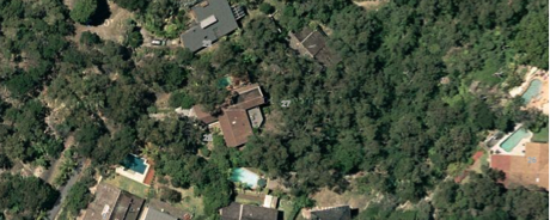Bushfire Attack Levels Assessments, Bushfire Planning, bushfire resilient communities, Queensland, resilient
Queensland – Bushfire Resilient Communities
The Queensland Government’s bushfire planning strategies have evolved into well structured legislative processes.

